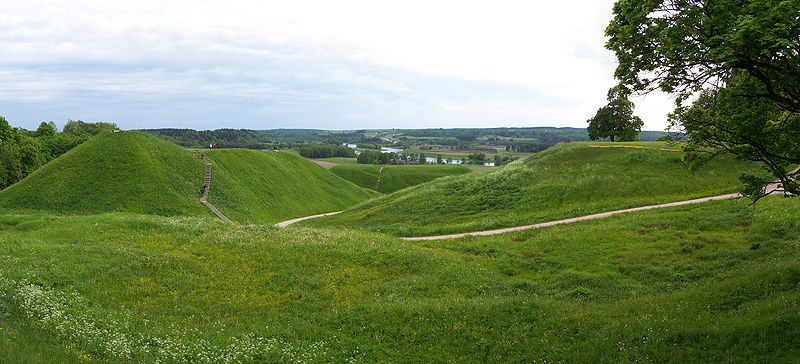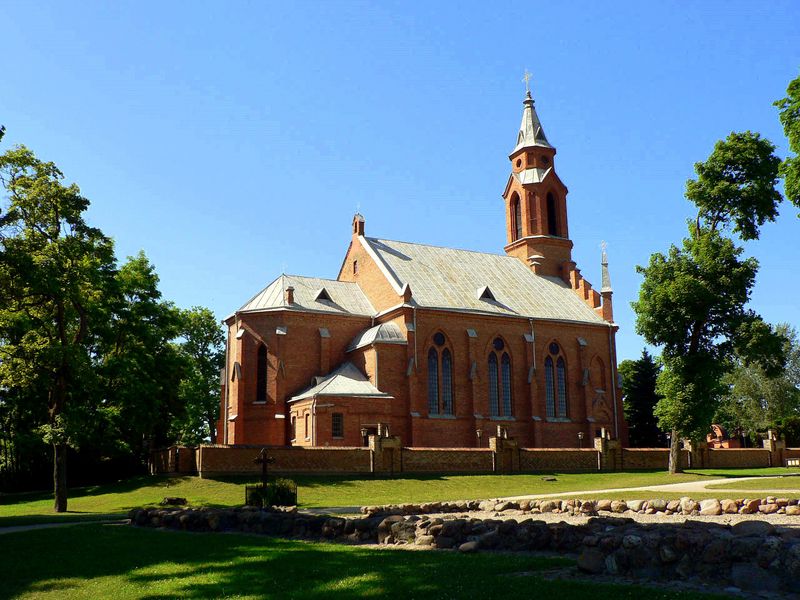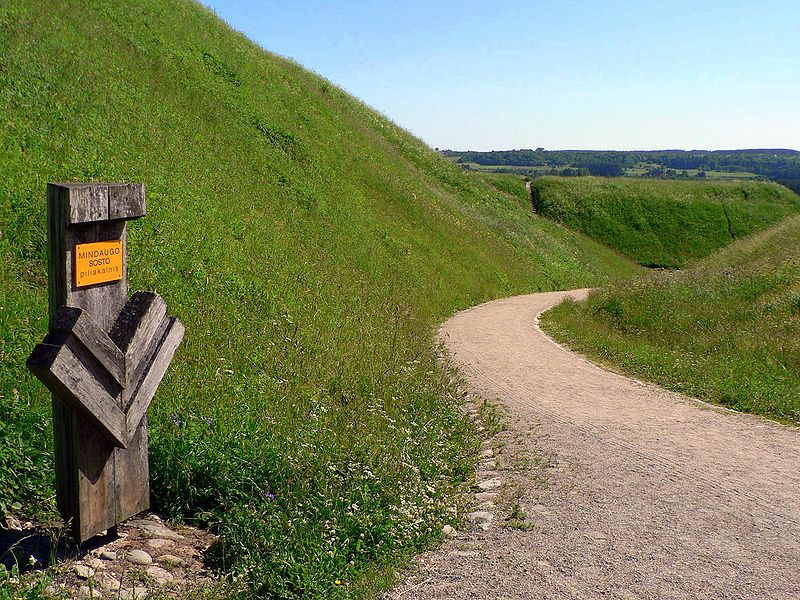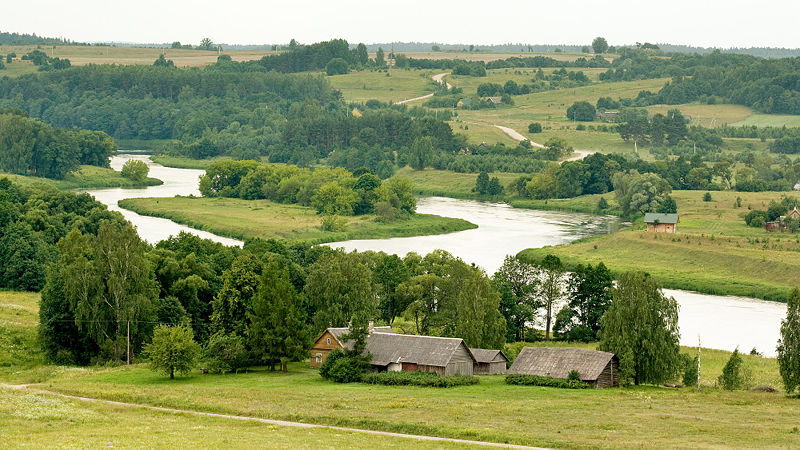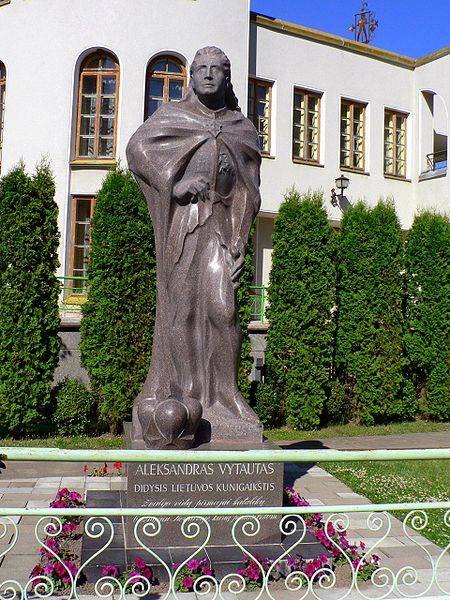Kernavė
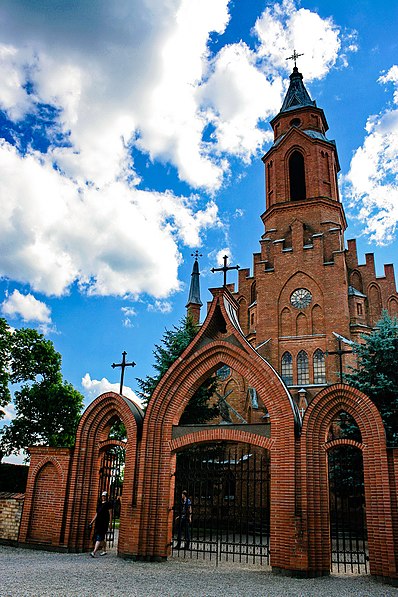
Facts and practical information
Nestled in the verdant landscapes of Lithuania lies Kernavė, a site of immense archaeological significance and a testament to the country's rich historical tapestry. This UNESCO World Heritage Site, located in the Širvintos district near the Neris River, offers a rare glimpse into the lives of civilizations that thrived here from the late Paleolithic period to the Middle Ages.
Kernavė's cultural strata reveal a sequence of human settlements spanning some 10,000 years. The site encompasses an ancient settlement area, including a unique complex of five hill forts, unearthing the political and spiritual center of the Grand Duchy of Lithuania in the 13th and 14th centuries. These formidable earthworks, now covered in a lush mantle of grass, once served as defensive structures and provided a vantage point for surveillance over the surrounding lands.
Excavations at Kernavė have unearthed a wealth of artifacts, including tools, weapons, and ornaments, which offer a window into the daily lives and craftsmanship of its inhabitants. The discovery of religious structures and sites of worship highlights the spiritual dimension of this ancient community.
Kernavė is not only a treasure trove for archaeologists and historians but also a cultural sanctuary where modern Lithuanians can connect with their ancestors. The site hosts the annual Kernavė Archaeological Festival, which brings history to life through reenactments, craft workshops, and educational activities, allowing visitors to immerse themselves in the traditions of the past.
Vilniaus
Kernavė – popular in the area (distance from the attraction)
Nearby attractions include: Karmazinai mound, Bartkuškis Manor, Geisiškių Šv. kankinio Jurgio Nugalėtojo cerkvė, Paparčių vienuolynas.


